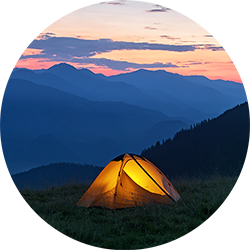Tourist Places to visit in Chail
1. Kali Ka Tibba2. Sidh Baba Ka Mandir
3. Cricket Ground
4. Gurudwara Sahib Chail
5. Palace Hotel
6. Sadhupul Lake
7. Chail Wildlife Sanctuary
Tucked cozily in the arms of nature, Chail is packed with a plethora of spellbinding tourist destinations. Offering the travelers an escape from their monotonous city life, the alluring places to visit in Chail make for the best hubs for rejuvenation, relaxation, and tranquilization.
6. Sadhupul Lake
7. Chail Wildlife Sanctuary
Tucked cozily in the arms of nature, Chail is packed with a plethora of spellbinding tourist destinations. Offering the travelers an escape from their monotonous city life, the alluring places to visit in Chail make for the best hubs for rejuvenation, relaxation, and tranquilization.
Receiving a heavy influx of national and international tourists throughout the year, the spectacular places to see in Chail present everything a heart can desire, including serene lakes, magnificently engineered palaces, ancient temples, beautiful wildlife parks, and stunning campsites. No matter you are seeking romance, solitude, serenity, or spirituality, the enthralling Chail attractions will never disappoint you.
Sadhupul Lake can offer you lush surroundings and pristine water, the Chail Palace can offer you a rustic yet unique charm. While the Chail Sanctuary can offer you an encounter with beautiful wildlife species, Kali ka Tibba can let you get closer to spirituality.




